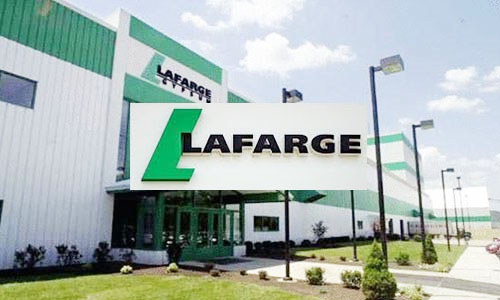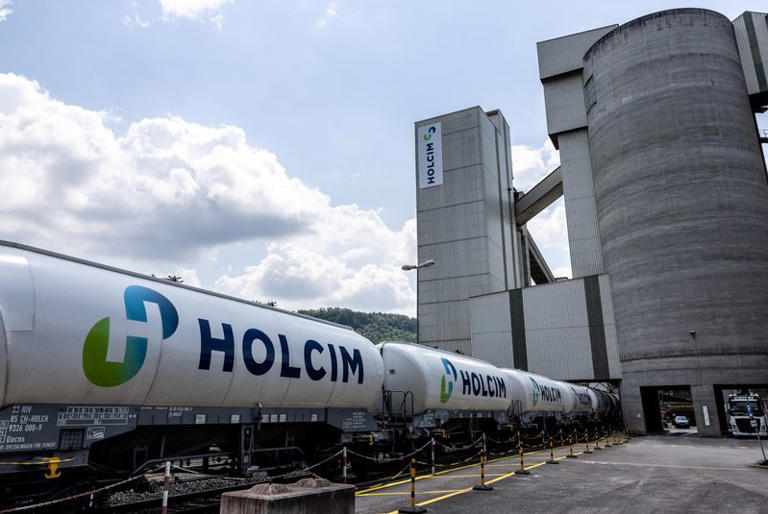At a Glance
- Holcim ends nearly 60 years in Kenya after selling Bamburi Cement to Amsons Group.
- Amsons raises stake in Bamburi to 96 percent, gaining control of cement producer.
- Holcim shifts focus to Europe, North America, trimming African exposure for stronger returns.
Holcim, the Swiss building materials group, has placed its Kenyan holding company, LafargeHolcim East Africa Limited, into members’ voluntary liquidation, closing nearly six decades of operations in the country.
Shareholders approved the resolution on Sept. 16 and appointed Harbeen Gadhoke of Adili Associates LLP as liquidator, with creditors having until Oct. 7 to file claims.
The step follows Holcim’s sale of its 58.6 percent controlling stake in Bamburi Cement to Tanzania’s Amsons Group, a transaction announced in December 2024 and finalized earlier this year.
Exit from East Africa
The liquidation represents Holcim’s final act in stepping away from Kenya and the wider East African market. Bamburi, founded in the 1950s, has been closely tied to infrastructure and housing growth in the region and is remembered for transforming exhausted quarries into Haller Park, a landmark in industrial land rehabilitation.
Holcim has framed the sale as part of a broader effort to streamline its portfolio and channel investment toward markets it sees as more profitable. The Kenyan exit comes just weeks after it completed a $1 billion divestment of Nigeria’s Lafarge Africa Plc to China’s Huaxin Cement. Together, the two moves underline Holcim’s steady pullback from Africa, even as it expands in North America and Europe.

Amsons expands footprint
For Amsons Group, the Tanzanian conglomerate with operations in cement, energy and logistics, the deal marks a significant expansion. The company has since raised its stake in Bamburi to nearly 96 percent, giving it firm control of one of East Africa’s largest cement producers.
Analysts expect Amsons to modernize Bamburi’s Mombasa and Athi River plants, increasing output and intensifying competition with rivals such as National Cement and Dangote. Regulators cleared the deal earlier this year without major objections, though its effect on cement prices and supply chains will be closely watched in Kenya’s fast-growing construction sector.
Strategic shift
Holcim’s withdrawal carries both financial and symbolic weight. Group sales in Swiss francs dipped slightly after the disposals, though operations in other regions have held steady. Analysts say reducing African exposure frees resources for Holcim to pursue growth in markets it considers stronger.
For Kenya, the shift places Bamburi under an East African owner with ambitions to expand. While Amsons may adapt more quickly to local market dynamics, questions remain about whether it will maintain Bamburi’s commitments to environmental stewardship and community engagement.
The winding up of LafargeHolcim East Africa Limited closes a long chapter that began with Swiss investment in the mid-20th century. The handover to Amsons signals both the end of Holcim’s role in Kenya and the rise of a regional operator seeking to leave its own mark on the cement industry.















